



Source - AC Schnitzer
ACS 3 Sport: Everyday is M-otion AC Schnitzer refines the fastest 3-Series Coupé When beads of perspiration form on the brow of experienced sports car drivers, it's not necessarily down to a faulty air conditioning system. With the 420 V8-HP of the BMW M3, the ACS3 Sport catapults even its keenest challengers into the rear view mirror. The sporting coupé is ideal for anyone seeking to gain advantage on twisting tracks. A normal M3 would be a tough competitor here, because in comparison with the 'civilised' 3-series Coupé it has a totally different axle construction. With racing suspension developed on the legendary Nürburgring, AC Schnitzer has succeeded in refining the handling potential of the chassis even further. And fitted with the Short Shift from Aachen, the ACS3 Sport becomes the automotive hero of the day: No-one is changing gears faster! Best of all: The vehicle loses nothing of its qualities as a daily driver. Instead, AC Schnitzer magics even more M-otion into everyday life, for example when the Aachen exhaust system plays its bewitching baritone in a road tunnel. The left/right system with two tailpipes per side, linked into a horizontal figure of eight, is however a visual work of art. In a play on the mathematical symbol for 'infinity', at the same time it symbolises the powerful reserves of the vehicle which reaches 100 km/h from a standing start in an effortless 4.8 seconds. No less carefully arranged are the aerodynamic attachments, which for AC Schnitzer are always more than mere visual decoration. At the rear, a diffuser of visible carbon presses the car down onto the tarmac as if there were magnets below the road surface. The front spoiler is also made from this high quality material, and is supported against the front skirt with alloy struts as in motorsport. Further downforce is provided by a subtle rear roof spoiler and rear wing which also give the body exciting new contours. Side skirt extensions, in particular when combined with the white paint of the photo model, give the profile an aura of stature and dynamism. Finally the AC Schnitzer racing rims Type VI embody pure culture, on the ACS3 Sport in sizes 9.0J x 20' on the front and 10.5J x 20' on the rear. The combination of Y-spokes and contrasting five fork spokes superimposed in two planes, produces a design that is as exciting as it is elegant. Further highlights of course include the forged wheel Type V in 20'. With its strikingly curved, interrupted spokes, it not only looks superb but thanks to the lightweight construction method, keeps the unsprung weight to a minimum. A no less attractive alternative is the Type IV racing wheel in silver - and with trendy black finish as 'Magic Black'. And naturally AC Schnitzer continues the theme of sports performance in the driver's workplace, offering attractive and ergonomically perfect aluminium controls for the gearknob, handbrake handle, pedals and i-Drive controller. A carbon interior trim and sports airbag steering wheel are also available on request.

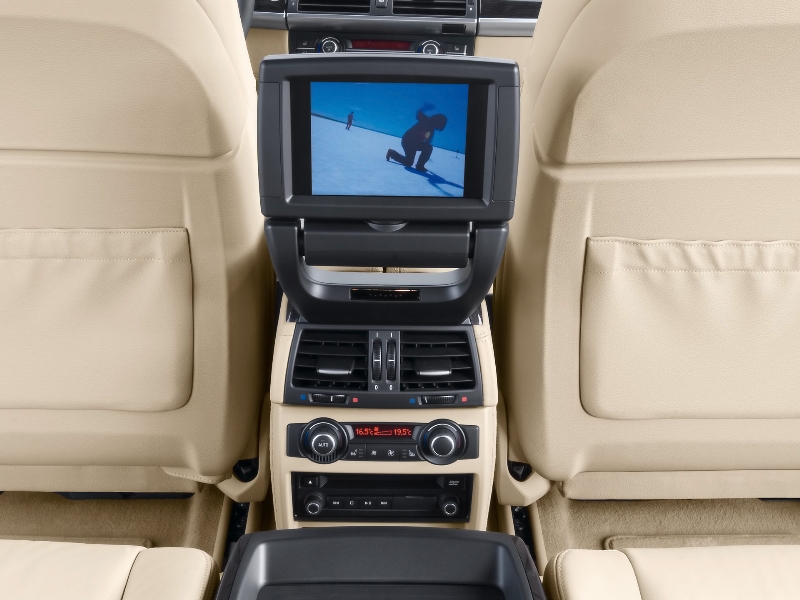
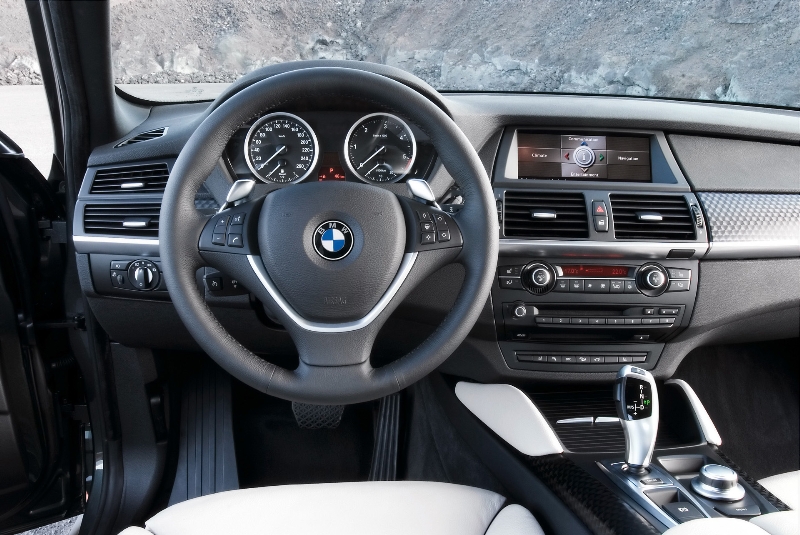
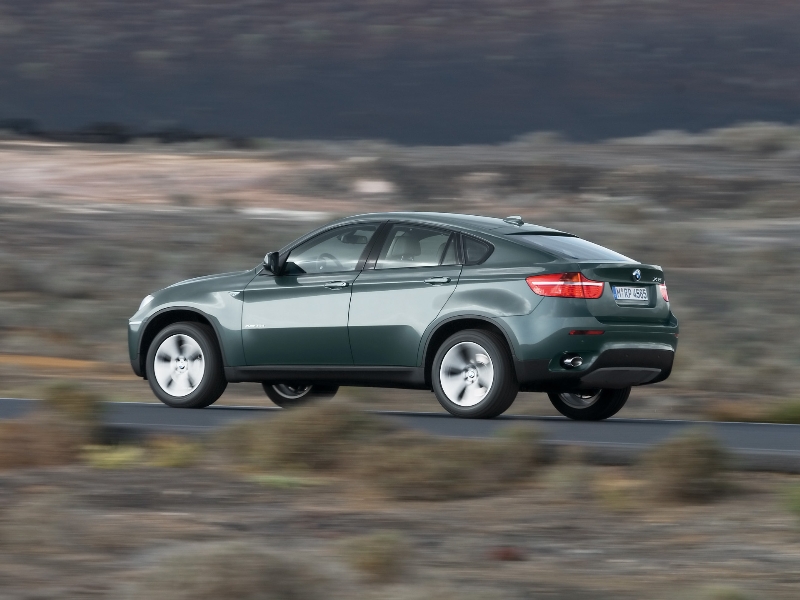
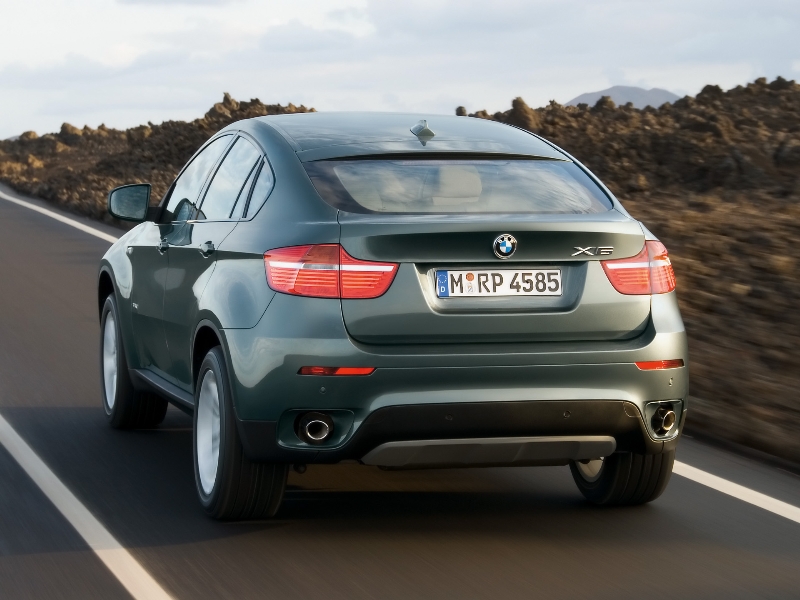
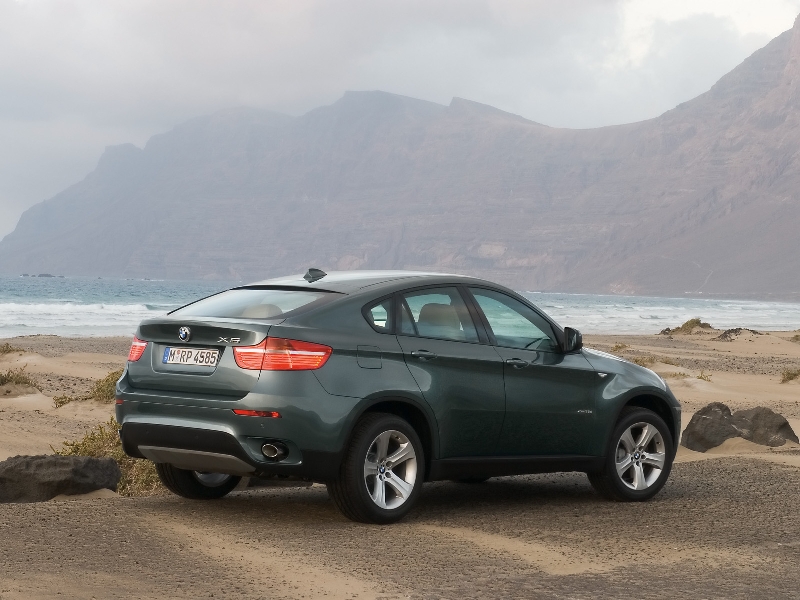
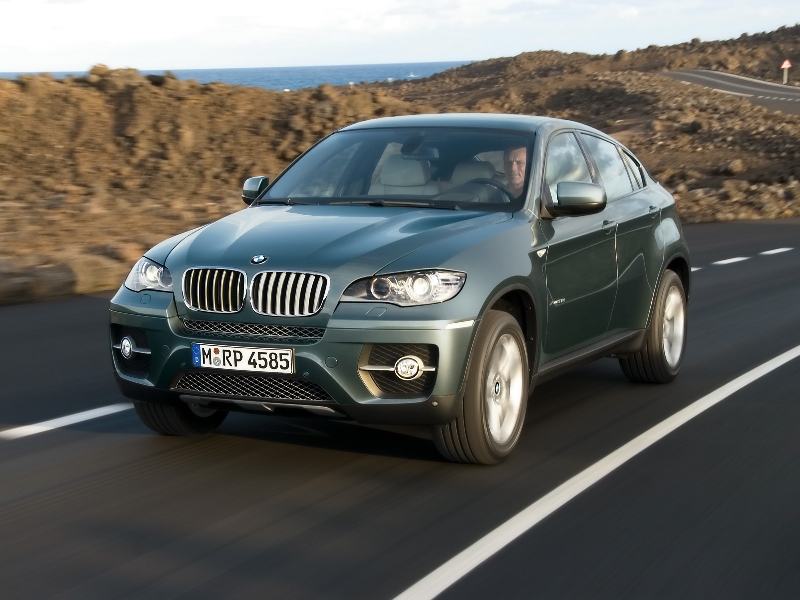
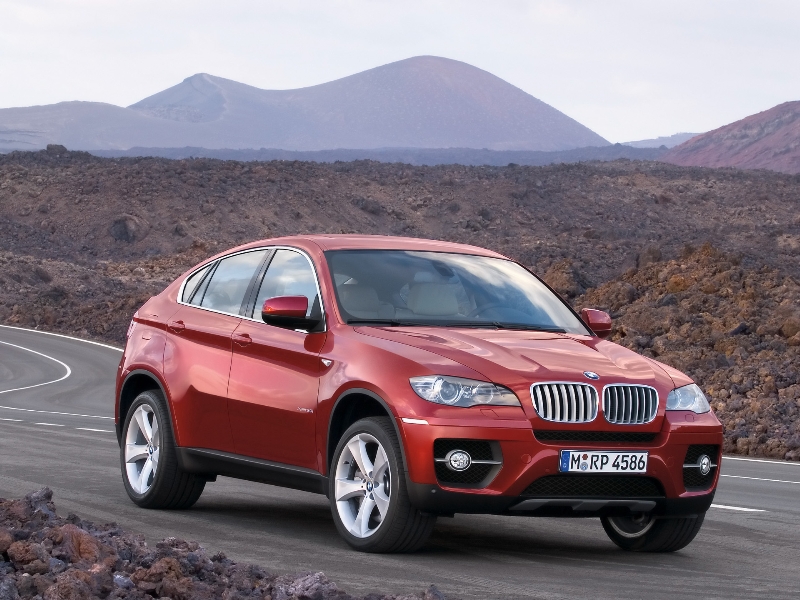
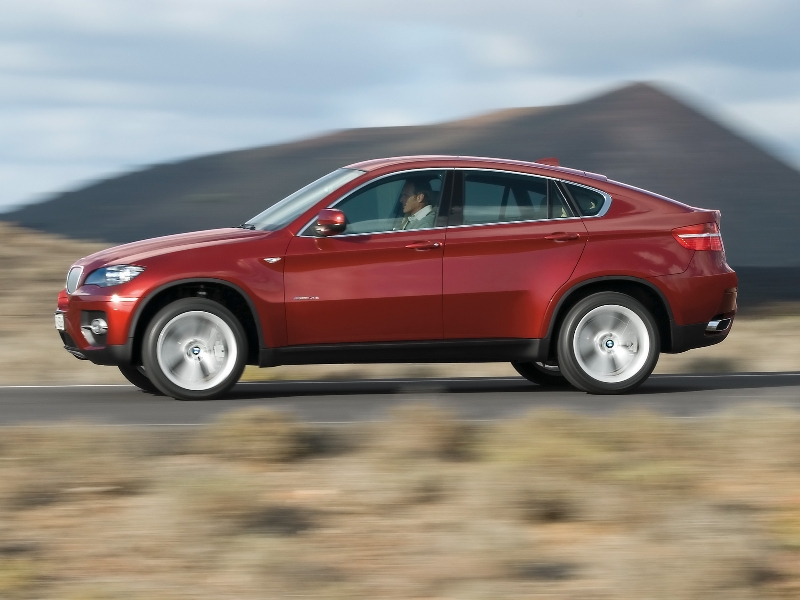
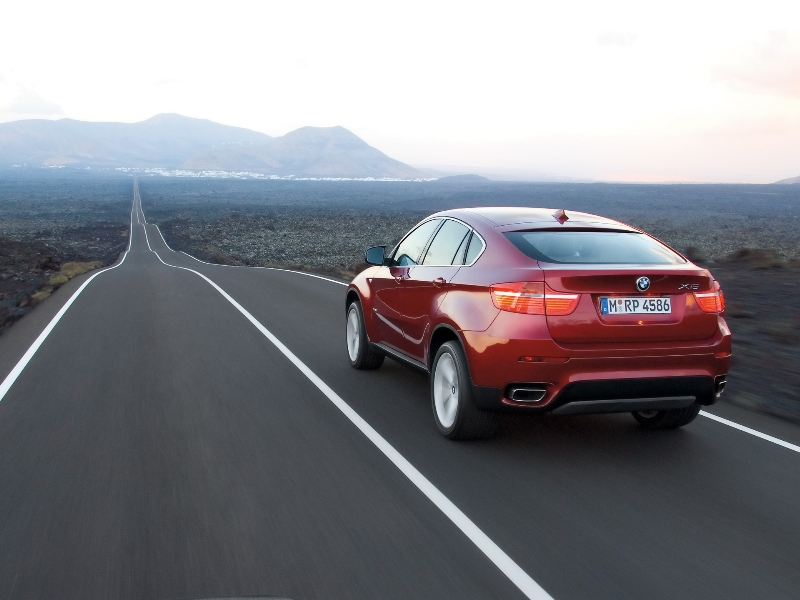
























 The Reventon, powered by a 650-horsepower 6.5L V-12 and wrapped in CFC carbon fiber composite, has harsh, angular lines down to the spiky arrow nose. Although it is based on the extraordinarily successful Murciélago LP640, the exterior design of the Reventón is completely new. Just like the base model, the exterior is made of CFC, a composite carbon fibre material, which is as stable as it is light. The exterior components are glued and fixed to the body comprised of CFC and steel. The technology found in the Murcielago LP640 has not been modified. The engine in the LP640 forwards is the classic twelve-cylinder engine with 6.5 liter displacement. Only for this car, Lamborghini guarantees, an astounding 650 bhp at 8,000 revolutions per minute (rpm). The huge torque, equal to maximum 487 lb-ft, ensures a powerful switch from any number of revolutions: even the slightest pressure on the accelerator is spontaneously transformed into thrust.
The Reventon, powered by a 650-horsepower 6.5L V-12 and wrapped in CFC carbon fiber composite, has harsh, angular lines down to the spiky arrow nose. Although it is based on the extraordinarily successful Murciélago LP640, the exterior design of the Reventón is completely new. Just like the base model, the exterior is made of CFC, a composite carbon fibre material, which is as stable as it is light. The exterior components are glued and fixed to the body comprised of CFC and steel. The technology found in the Murcielago LP640 has not been modified. The engine in the LP640 forwards is the classic twelve-cylinder engine with 6.5 liter displacement. Only for this car, Lamborghini guarantees, an astounding 650 bhp at 8,000 revolutions per minute (rpm). The huge torque, equal to maximum 487 lb-ft, ensures a powerful switch from any number of revolutions: even the slightest pressure on the accelerator is spontaneously transformed into thrust.
 The retro-style coupé will be sold only in North America – and in strictly limited numbers. The decision overturns plans drawn up by previous owner Chrysler to export the Challenger to the UK. According to sources, Chrysler is trying to decide on which strategy to follow: a high-price, low-volume run, or a high-volume, lower-price run. Also in flux is the question of engines - restricting to just the Hemi, or allowing both the Hemi and at least one V6. Chrysler announced a manual transmission will be available along with an automatic , each having five speeds; an SRT-8 version will have the 6.1 Hemi while the stock Challenger will have the 5.7 Hemi. LY is the platform code for the second-generation LX cars , this basic platfom, which like the LX uses a Mercedes-style suspension with Chrysler engineering for better driving dynamics, higher reliability, and strong cost savings, will be used on the Mercedes E, CLS, and R classes, starting in, depending on the model, 2010 to 2012 .
The retro-style coupé will be sold only in North America – and in strictly limited numbers. The decision overturns plans drawn up by previous owner Chrysler to export the Challenger to the UK. According to sources, Chrysler is trying to decide on which strategy to follow: a high-price, low-volume run, or a high-volume, lower-price run. Also in flux is the question of engines - restricting to just the Hemi, or allowing both the Hemi and at least one V6. Chrysler announced a manual transmission will be available along with an automatic , each having five speeds; an SRT-8 version will have the 6.1 Hemi while the stock Challenger will have the 5.7 Hemi. LY is the platform code for the second-generation LX cars , this basic platfom, which like the LX uses a Mercedes-style suspension with Chrysler engineering for better driving dynamics, higher reliability, and strong cost savings, will be used on the Mercedes E, CLS, and R classes, starting in, depending on the model, 2010 to 2012 . 252mph, 1001PS, 16 cylinders, four turbos, 8.0-litres... the Veyron's numbers are staggering. It can hit 60mph in 2.5 seconds thanks to four-wheel-drive traction, shoots to 125mph in 7.3 seconds and reaches 200mph in less than 20. The Veyron 16.4 is the most powerful, most expensive, and fastest street-legal production car in the world , with a proven top speed of over 400 km/h (407 km/h or 253 mph top speed).
252mph, 1001PS, 16 cylinders, four turbos, 8.0-litres... the Veyron's numbers are staggering. It can hit 60mph in 2.5 seconds thanks to four-wheel-drive traction, shoots to 125mph in 7.3 seconds and reaches 200mph in less than 20. The Veyron 16.4 is the most powerful, most expensive, and fastest street-legal production car in the world , with a proven top speed of over 400 km/h (407 km/h or 253 mph top speed). Development of the Veyron began with the 1999 EB 18/4 "Veyron" concept car . Introduced at the Tokyo Motor Show , it was similar in design and appearance to the final Veyron production car. One major difference was the EB 18/4's use of a W18 engine with three banks of six cylinders. The Veyron was designed by Hartmut Warkuss of Volkswagen rather than Giorgetto Giugiaro of ItalDesign who had handled the three prior Bugatti concepts.
Development of the Veyron began with the 1999 EB 18/4 "Veyron" concept car . Introduced at the Tokyo Motor Show , it was similar in design and appearance to the final Veyron production car. One major difference was the EB 18/4's use of a W18 engine with three banks of six cylinders. The Veyron was designed by Hartmut Warkuss of Volkswagen rather than Giorgetto Giugiaro of ItalDesign who had handled the three prior Bugatti concepts.  The Veyron features a W16 engine —16 cylinders in 4 banks of 4 cylinders, or the equivalent of two narrow-angle V8 engines mated in a vee configuration. Each cylinder has 4 valves , for a total of 64, but the narrow V8 configuration allows two camshafts to drive two banks of cylinders so only 4 camshafts are needed. The engine is fed by four turbochargers , and it displaces 8.0 L (7,993 cm³/488 in³) with a square 86 by 86 mm bore and stroke.
The Veyron features a W16 engine —16 cylinders in 4 banks of 4 cylinders, or the equivalent of two narrow-angle V8 engines mated in a vee configuration. Each cylinder has 4 valves , for a total of 64, but the narrow V8 configuration allows two camshafts to drive two banks of cylinders so only 4 camshafts are needed. The engine is fed by four turbochargers , and it displaces 8.0 L (7,993 cm³/488 in³) with a square 86 by 86 mm bore and stroke.  Putting this power to the ground is a dual-clutch DSG computer-controlled manual transmission with 7 gear ratios via shifter paddles behind the steering wheel. Or it can be driven by full automatic transmission. The Veyron also features full-time all wheel drive , necessary given the output of the engine. It uses special Michelin PAX System run-flat tires, which had to be designed specifically for the Veyron, and which are capable of running at 402 km/h (253 mph).
Putting this power to the ground is a dual-clutch DSG computer-controlled manual transmission with 7 gear ratios via shifter paddles behind the steering wheel. Or it can be driven by full automatic transmission. The Veyron also features full-time all wheel drive , necessary given the output of the engine. It uses special Michelin PAX System run-flat tires, which had to be designed specifically for the Veyron, and which are capable of running at 402 km/h (253 mph). 






